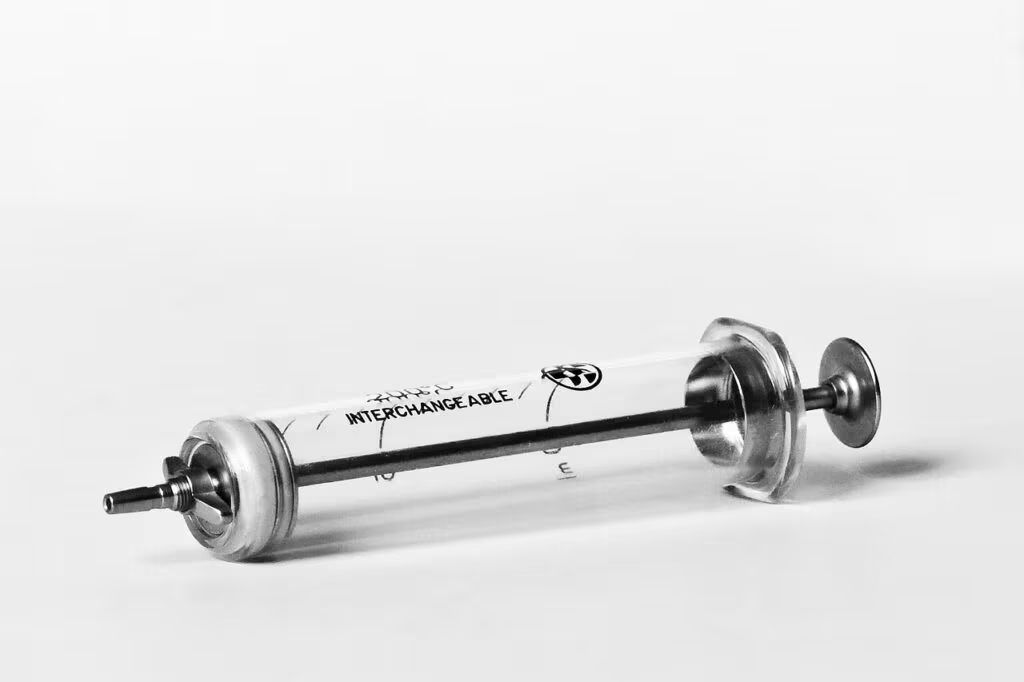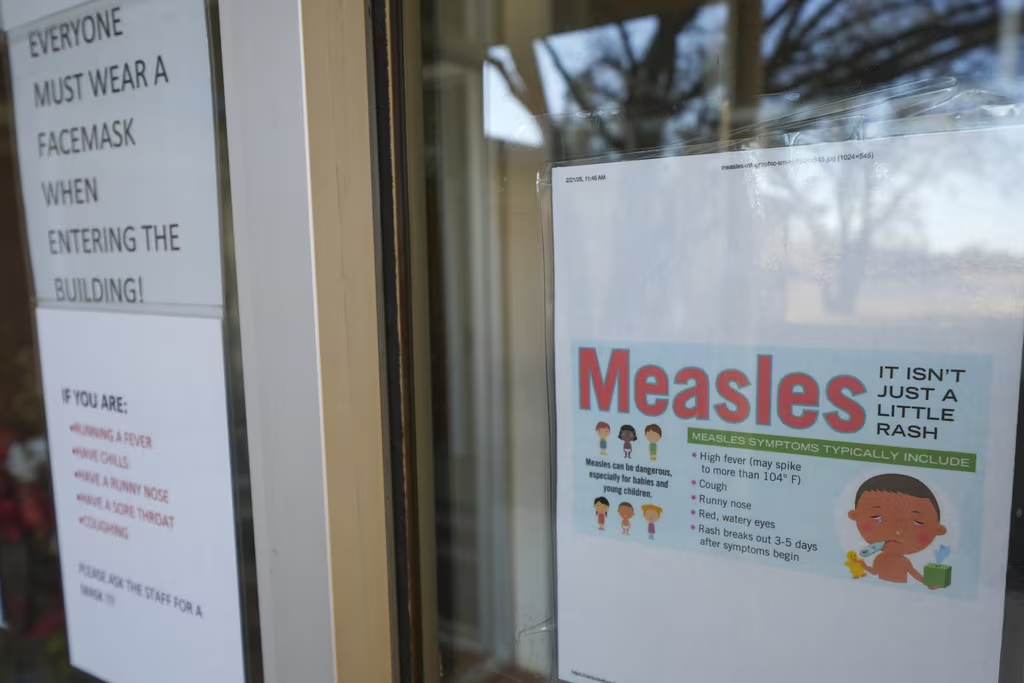Urgent Public Health Alert Issued in Salt Lake County Over Likely Measles Case
The Salt Lake County Health Department (SLCHD) has issued a significant public health alert following the detection of a clinically likely case of measles—the first potential instance in the county in recent years. This situation presents a unique challenge for public health officials: while the patient exhibits classic symptoms consistent with the highly contagious virus, the diagnosis remains officially unconfirmed because the individual has refused laboratory testing and is not cooperating with contact tracing efforts.
This refusal complicates the critical public health response, which relies heavily on rapid verification and identifying potential exposure sites to contain the spread of the airborne virus. Health officials are treating the situation as a confirmed case due to the high clinical suspicion, emphasizing the need for immediate community vigilance, particularly regarding vaccination status.
The Challenge of Verification and Public Safety
Measles, caused by the rubeola virus, is one of the most contagious diseases known. A single infected person can infect up to 9 out of 10 susceptible close contacts. The standard protocol for verifying a suspected case involves a laboratory test, typically a blood test or a nasal/throat swab, to confirm the presence of the virus. This step is crucial for triggering precise, legally mandated isolation and contact tracing procedures.
In this instance, the patient’s non-cooperation prevents definitive confirmation, forcing the SLCHD to rely on clinical presentation and epidemiological evidence. This lack of cooperation is a serious impediment to containment, as it prevents officials from accurately mapping the patient’s movements during the infectious period. This period often begins four days before the rash appears and continues for four days after.

Why Measles Requires Immediate Action
Measles is not just a childhood rash; it is a severe respiratory disease that can lead to serious complications, including pneumonia, encephalitis (swelling of the brain), and even death. Before widespread vaccination, measles caused millions of deaths globally each year. The virus is so infectious that it can linger in the air or on surfaces for up to two hours after an infected person has left the area.
For the Salt Lake County community, this likely case serves as a critical reminder that measles remains a threat, especially in areas where vaccination rates may have declined.
Understanding Measles: Symptoms and Transmission
Measles is highly recognizable due to its distinct progression of symptoms. Recognizing these signs is paramount for the public to seek appropriate medical care without potentially exposing others in waiting rooms.
Key Symptoms of Measles
The initial symptoms typically appear 10 to 14 days after exposure and resemble a common cold, but they rapidly worsen:
- High Fever: Often spiking to over 104°F (40°C).
- Cough, Runny Nose, and Red, Watery Eyes (Conjunctivitis).
- Koplik Spots: Tiny white spots with bluish-white centers found inside the mouth on the inner lining of the cheek, which appear 2 to 3 days before the rash.
- Rash: A characteristic red, blotchy rash that starts on the face and hairline and spreads downward to the neck, trunk, arms, and legs. This rash typically lasts 5 to 6 days.
How the Virus Spreads
Transmission occurs primarily through airborne droplets when an infected person coughs or sneezes. Because of its high infectivity, even brief exposure in a shared space—such as a grocery store, school, or clinic waiting room—can result in transmission to unprotected individuals.

Official Guidance and Actionable Steps for Residents
The Salt Lake County Health Department has urged residents to take immediate steps to protect themselves and the community, focusing heavily on vaccination and responsible healthcare seeking.
1. Verify MMR Vaccination Status
The Measles, Mumps, and Rubella (MMR) vaccine is extremely effective, providing 97% protection against measles after two doses. Health officials strongly recommend that anyone unsure of their vaccination status or those who have not received two doses of the MMR vaccine contact their healthcare provider immediately.
Who needs to be especially vigilant?
- Infants under 12 months (who are too young for the routine MMR vaccine).
- Immunocompromised individuals.
- Anyone born after 1957 who has not had measles or received the MMR vaccine.
2. Guidance for Potential Exposure
If you believe you or a family member may have been exposed, or if you develop symptoms consistent with measles, do not go directly to an emergency room or clinic.
“If you suspect you have measles, it is vital to call your healthcare provider or the local health department first,” the SLCHD advises. “This allows the facility to take precautions, such as masking and isolating you immediately upon arrival, preventing further spread to staff and other patients.”
Calling ahead ensures that healthcare facilities can implement infection control measures to protect vulnerable patients, such as those undergoing chemotherapy or infants who cannot be vaccinated.
Historical Context and the Importance of Herd Immunity
This incident underscores the fragility of community protection against vaccine-preventable diseases. Measles was declared eliminated in the United States in 2000, thanks to high vaccination rates. However, recent years have seen outbreaks linked to international travel and pockets of low vaccination coverage within communities.
When vaccination rates drop below the critical threshold of 93% to 95%, known as herd immunity, the virus can easily find susceptible hosts and spread rapidly. The refusal of the likely Salt Lake County patient to cooperate highlights how individual choices can impact the collective health of the community, potentially forcing widespread public health interventions that could have been avoided.

Key Takeaways for Salt Lake County Residents
- Status: A clinically likely case of measles has been identified in Salt Lake County, but remains unconfirmed due to patient refusal of testing.
- Risk: Measles is extremely contagious and can cause severe complications, especially in infants and the immunocompromised.
- Action: Immediately verify that you and your family have received two doses of the MMR vaccine.
- Symptom Protocol: If you develop fever and rash, call your doctor or the SLCHD first before visiting any medical facility to prevent potential exposure to others.
- Public Health Impact: Non-cooperation by the patient significantly hinders the ability of health officials to conduct effective contact tracing and contain the outbreak.
Conclusion: Vigilance is the Best Defense
While the Salt Lake County Health Department is managing this situation with heightened vigilance, the ultimate defense against a measles outbreak rests with the community. This incident serves as a stark reminder that vaccine-preventable diseases are only kept at bay through high rates of immunization and cooperation with public health measures.
Residents are urged to prioritize vaccination and adhere to the guidance provided by the SLCHD to ensure this likely case does not escalate into a broader community outbreak. The health department continues to monitor the situation closely and will release further information regarding potential exposure sites if they become known and verifiable.
Original author: Spencer Burt
Originally published: October 29, 2025
Editorial note: Our team reviewed and enhanced this coverage with AI-assisted tools and human editing to add helpful context while preserving verified facts and quotations from the original source.
We encourage you to consult the publisher above for the complete report and to reach out if you spot inaccuracies or compliance concerns.

